Despite the seemingly robust appearance of your hair, it remains susceptible to damage due to daily hair care practices. One of the most vulnerable areas is the hair tips, which happen to be the oldest part of each hair strand, making them prone to weakening and losing their protective layer resulting in split ends. But what exactly causes split ends and more importantly, how can you prevent this frustrating and often inevitable hair condition? At Nicehairvietnam, we are dedicated to guiding you on your journey to achieve and maintain your dream hair. Through our blog posts, we will share invaluable tips and tricks to protect your hair from damage, prevent split ends and reduce hair fall.
What are split ends?
Split ends, also known as hair splitting, refer to the condition where the tips of the hair strand become frayed, brittle and split into two or more segments. This common hair issue occurs when the protective outer layer of the hair, called the cuticle, becomes damaged or worn away. As a result, the inner core of the hair, known as the cortex is exposed and vulnerable to further damage.
This problem can make the hair appear dry, dull and unhealthy. If left untreated, the split can travel up the hair shaft, causing more damage and leading to breakage and hair loss. Various factors contribute to the development of split ends, including excessive heat styling, frequent use of harsh hair products, chemical treatments, environmental factors and lack of proper hair care.
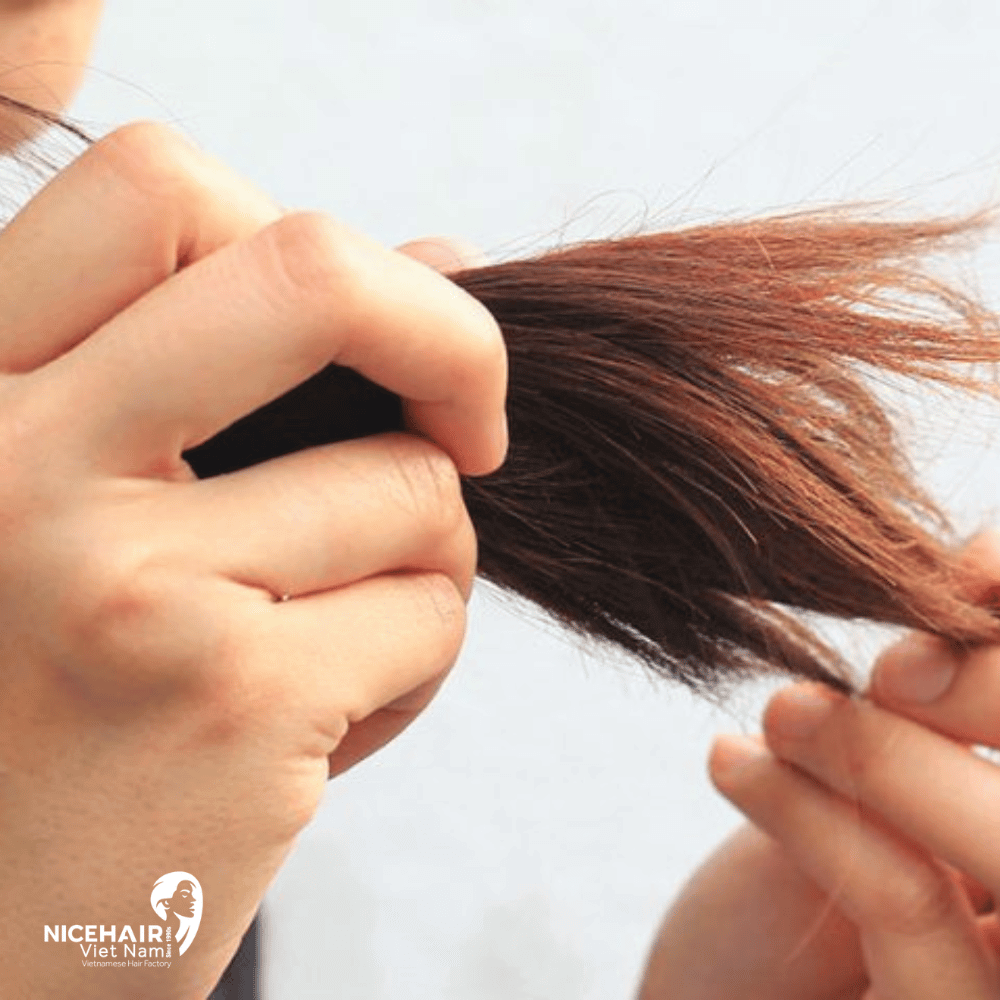
Why do split ends occur?
Exposure to harsh weather conditions
Weather conditions can have a significant impact on the health of your hair, especially when facing extreme climates and challenging environments. Whether it’s facing strong winds, freezing temperatures, scorching heat, intense sunlight, dry weather or high humidity levels, it seems that any weather condition can take a toll on the condition of your hair.
Furthermore, if you regularly subject your hair to various styling practices such as frequent washing, heat styling, backcombing, or excessive blow drying, it can accelerate the damage to the hair ends when exposed to harsh environmental elements.
Let’s delve deeper into how different weather conditions can affect your hair:
- Windy Weather: Frequent exposure to windy conditions can cause tangling and knots in the hair, leading to breakage and split ends. The wind can strip away moisture from the hair, leaving it dry and brittle.
- Extreme Cold or Hot Weather: Both extreme cold and hot weather can be detrimental to hair health. Cold weather can make the hair dry and susceptible to breakage, while hot weather can cause excessive sweating, leading to scalp issues and weak hair strands.
- Intense Sunlight: Prolonged exposure to intense sunlight can damage the hair cuticle, resulting in dull and lifeless hair. It can also cause color fading in dyed hair.
- Dry Weather: In dry weather conditions, the hair is more likely to lose moisture, making it prone to frizz, split ends, and an overall lackluster appearance.
- Humid Climate: High humidity can cause the hair to absorb excess moisture, leading to swelling of the hair shaft. This can result in frizzy and unmanageable hair, making it more susceptible to damage.
Harsh chemical treatments like hair coloring, bleaching and perming
Regular use of hair care techniques such as blow drying, straightening and curling, as well as chemical treatments like hair dyeing, chemical straightening, or perming, can significantly damage the hair’s structure, leaving it weak and susceptible to damage. Excessive dryness in the hair can lead to the hair ends becoming brittle and prone to splitting, causing the hair to constantly tangle and split in various directions. Additionally, heat styling can also contribute significantly to hair weakening. High temperatures from styling tools can cause the hair to become strained and lose essential moisture, gradually leading to dry and weakened hair over time.
For many individuals who use daily hair care products and styling methods, dealing with split ends is a common occurrence. Almost everyone will face the issue of split ends at some point in their lives. The frequent use of heat styling tools, such as flat irons and curling wands, can lead to significant damage to the hair’s protein structure. The high temperatures break down the hydrogen bonds in the hair, causing the hair to lose its natural elasticity and become more prone to breakage. Additionally, excessive heat exposure can also damage the cuticle, which is the outer protective layer of the hair, leading to frizz, split ends and overall hair damage.
Chemical treatments, such as hair dyeing, bleaching, perming and chemical straightening, involve harsh substances that can weaken the hair shaft and disrupt its natural composition. These chemicals can strip away the hair’s natural oils and proteins, leaving it dry, brittle and vulnerable to splitting. Moreover, excessive dryness in the hair can lead to a condition called ‘trichorrhexis nodosa,’ where the hair shaft develops small nodules or weak points. These weak points are prone to breakage, resulting in split ends and frayed hair tips.
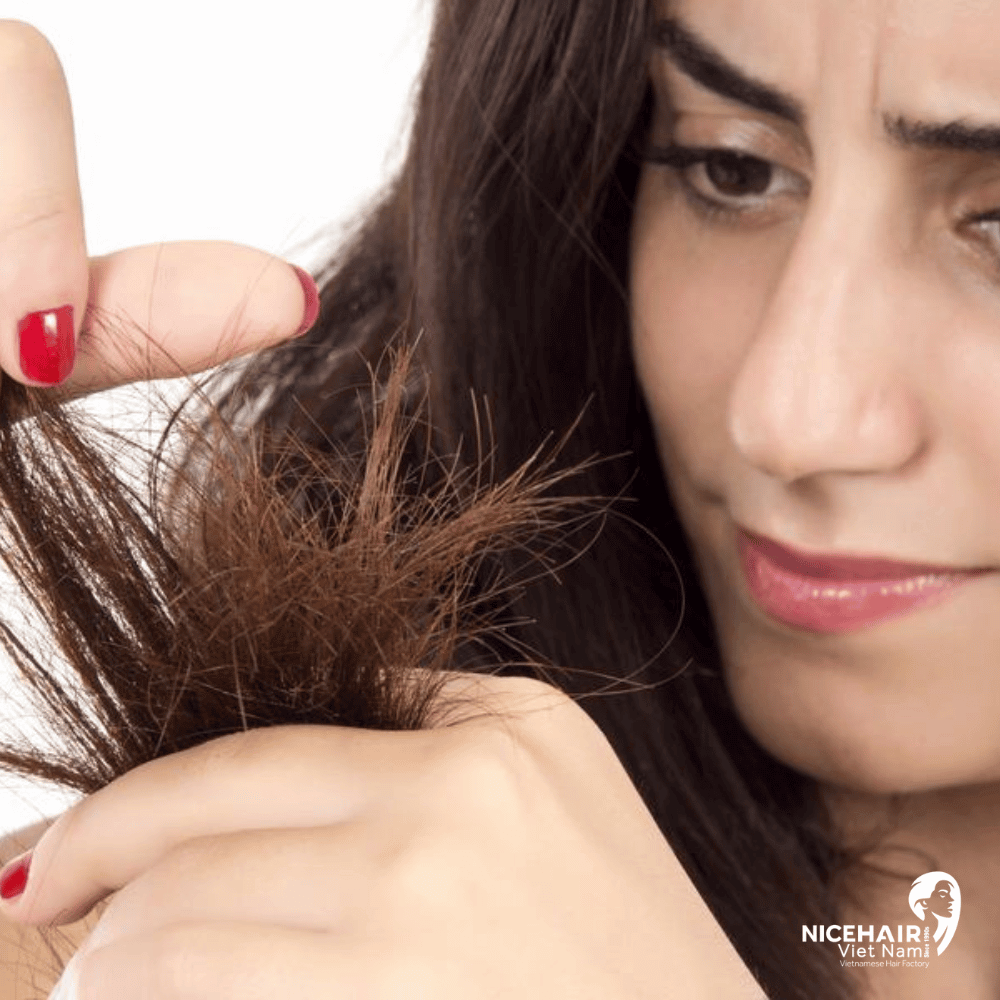
Beyond heat and chemicals
Dealing with split ends is a common hair woe that many of us encounter, and while heat styling and chemical treatments are well known culprits, they are not the only factors contributing to this frustrating hair condition. Surprisingly, split ends can also arise from physical impacts and excessive friction on the hair.
One significant cause of split ends is excessive friction on the hair strands. Our hair is delicate and can be easily damaged by everyday practices that we may not even realize are harming our locks.
For instance, tying your hair too tightly with hairbands or elastic bands can cause strain on the hair, leading to damage along the lengths and ultimately resulting in split ends. Additionally, frequent and vigorous hair brushing or combing, especially when the hair is wet, can weaken the hair structure and cause it to split. Even seemingly harmless habits like rubbing your hair vigorously with a dry towel after washing can lead to split ends. The abrasive nature of some towels can roughen up the hair cuticle, leaving it vulnerable to breakage.
Regularly shampooing your hair can also take a toll on its health if not done gently. Using excessive force while lathering or rinsing can strip away natural oils and weaken the hair, increasing the likelihood of split ends. It’s crucial to treat wet hair with extra care as it’s more fragile when saturated with water. Being gentle and using a wide toothed comb or a detangling brush can help prevent unnecessary stress on the hair.
Damaged hair ends due to physical
Dealing with split ends is not solely attributed to heat styling or hair dyeing. In fact, split ends can arise from various factors, including excessive friction on the hair.
The health of our hair is greatly influenced by how we handle and care for it on a daily basis. While heat styling and hair dyeing can contribute to split ends, other seemingly harmless practices can also play a significant role in causing this common hair woe. For instance, regularly tying your hair too tightly or using hair accessories that exert constant pressure on the hair shaft can lead to damage and split ends over time.
Another culprit for split ends is frequent hair washing. Although maintaining clean and healthy hair is important, overwashing can strip the hair of its natural oils, leaving it dry and prone to splitting. Additionally, many of us have the habit of rubbing our hair vigorously with a towel after washing to speed up the drying process. However, this rough treatment can weaken the hair fibers, making them more susceptible to splitting.
Brushing your hair is an essential part of hair care, but doing it too vigorously or using the wrong type of brush can cause damage. Opt for a wide toothed comb or a brush specifically designed for detangling to minimize the risk of creating split ends. When combing or brushing wet hair, be especially gentle as wet hair is more fragile and prone to breakage.
Even seemingly innocuous hair care practices can contribute to split ends. For instance, using cotton pillowcases can create friction against your hair while you sleep, leading to damage over time. Switching to a satin or silk pillowcase can reduce this friction and help prevent split ends.
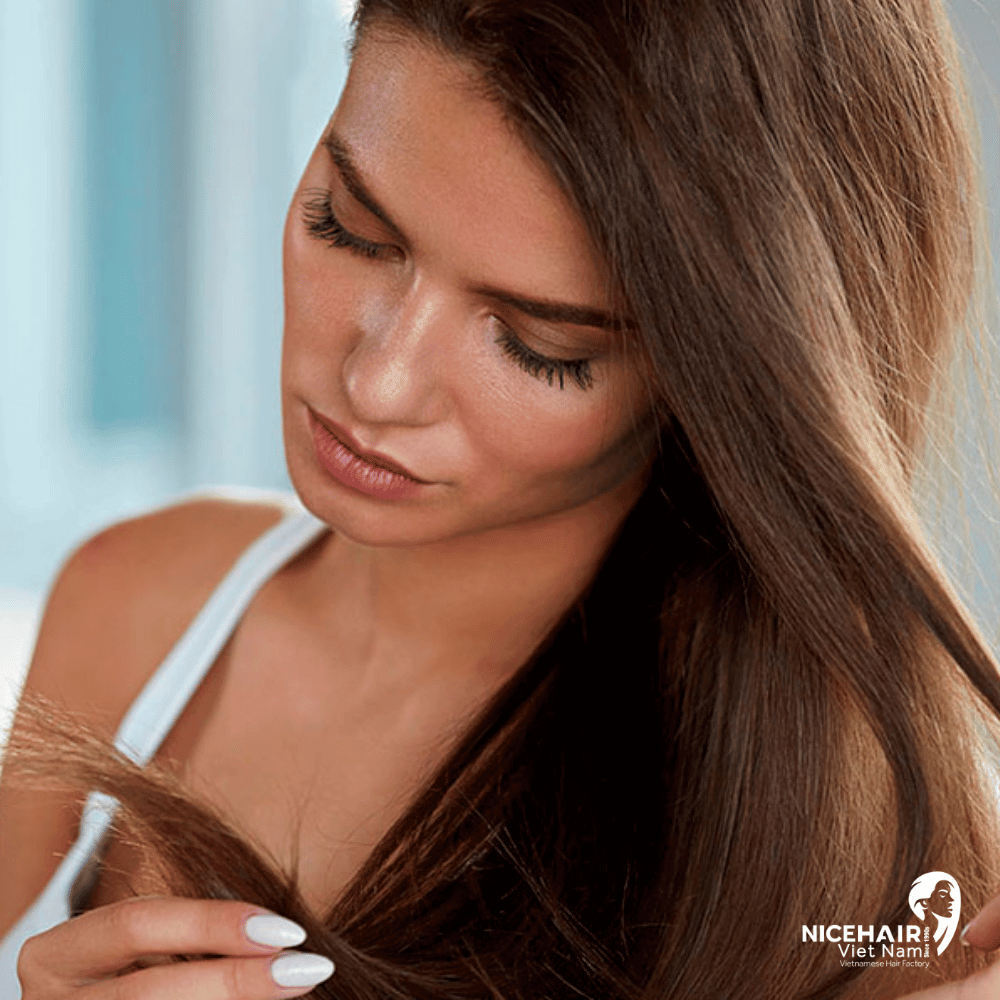
Due to an unhealthy lifestyle
An inadequate and unhealthy diet, coupled with insufficient hydration and overall poor health, can significantly impact the strength and vitality of our hair. The state of our body’s health directly influences the condition of our hair. When our bodies are dehydrated, malnourished, or lacking in essential proteins, our hair can become brittle, lifeless, and more prone to split ends.
The importance of maintaining a balanced and nourishing diet cannot be overstated when it comes to promoting healthy hair. Nutrients such as vitamins, minerals and proteins play a vital role in supporting the hair’s structure and growth. When these essential elements are lacking in our diet, our hair follicles may weaken, leading to increased hair breakage and split ends.
Furthermore, proper hydration is crucial not just for our overall health but also for the health of our hair. When our bodies are not adequately hydrated, our hair can become dry, brittle, and more susceptible to damage. Drinking an adequate amount of water daily helps to ensure that our hair remains moisturized and less prone to splitting and breakage.
The state of our overall health also affects the health of our hair. Chronic health issues, stress, and imbalances within the body can manifest in the form of hair problems, including split ends. It is essential to address and manage any underlying health conditions to promote better hair health.
The role of hair elasticity in split ends
What is hair elasticity?
Hair elasticity refers to the hair’s ability to stretch and return to its original state without breaking. Healthy hair possesses a certain level of flexibility, allowing it to withstand the various stresses it encounters from daily styling and environmental factors.
The impact of lack of hair elasticity on split ends
When hair lacks the crucial element of elasticity, it sets off a chain reaction of detrimental effects that contribute to the formation of split ends. Understanding the intricate mechanisms behind how reduced hair elasticity leads to split ends can shed light on the importance of maintaining this essential characteristic for healthy and resilient hair.
- Increased susceptibility to breakage: Hair elasticity is like a protective shield for our strands. When hair is elastic, it can withstand tension and stress without breaking easily. However, when hair lacks elasticity, it becomes more brittle and fragile. As a result, the hair fibers are unable to bear the pressure from everyday activities like brushing, combing and styling, leading to increased breakage. The weakened hair fibers eventually split and fray, giving rise to the dreaded split ends.
- Loss of moisture balance: Elasticity is closely tied to the hair’s moisture balance. Healthy hair retains a proper level of moisture, which enhances its flexibility and elasticity. In contrast, hair lacking elasticity often struggles with moisture retention. This can be attributed to factors such as excessive heat styling, chemical treatments, and environmental stressors that strip away the hair’s natural moisture. When the hair is dry and lacks adequate hydration, it becomes stiff and loses its ability to bend and stretch, making it more prone to splitting.
- Weakened cuticle layer: The cuticle is the outermost layer of the hair, acting as a protective barrier for the delicate inner structure. Reduced hair elasticity can cause damage to the cuticle layer, compromising its integrity. As a result, the cuticle becomes more susceptible to chipping and peeling, exposing the underlying cortex of the hair. This structural damage creates tiny openings along the hair shaft, which can lead to the development of split ends over time.
- Cumulative effects of styling and environmental stressors: Regular use of heat styling tools, chemical treatments and exposure to environmental stressors can gradually degrade hair elasticity. Over time, the accumulated damage weakens the hair strands, making them more prone to breakage and split ends. Moreover, these external factors often work in conjunction with internal factors, such as nutritional deficiencies and inadequate hair care practices, further exacerbating the problem of split ends.
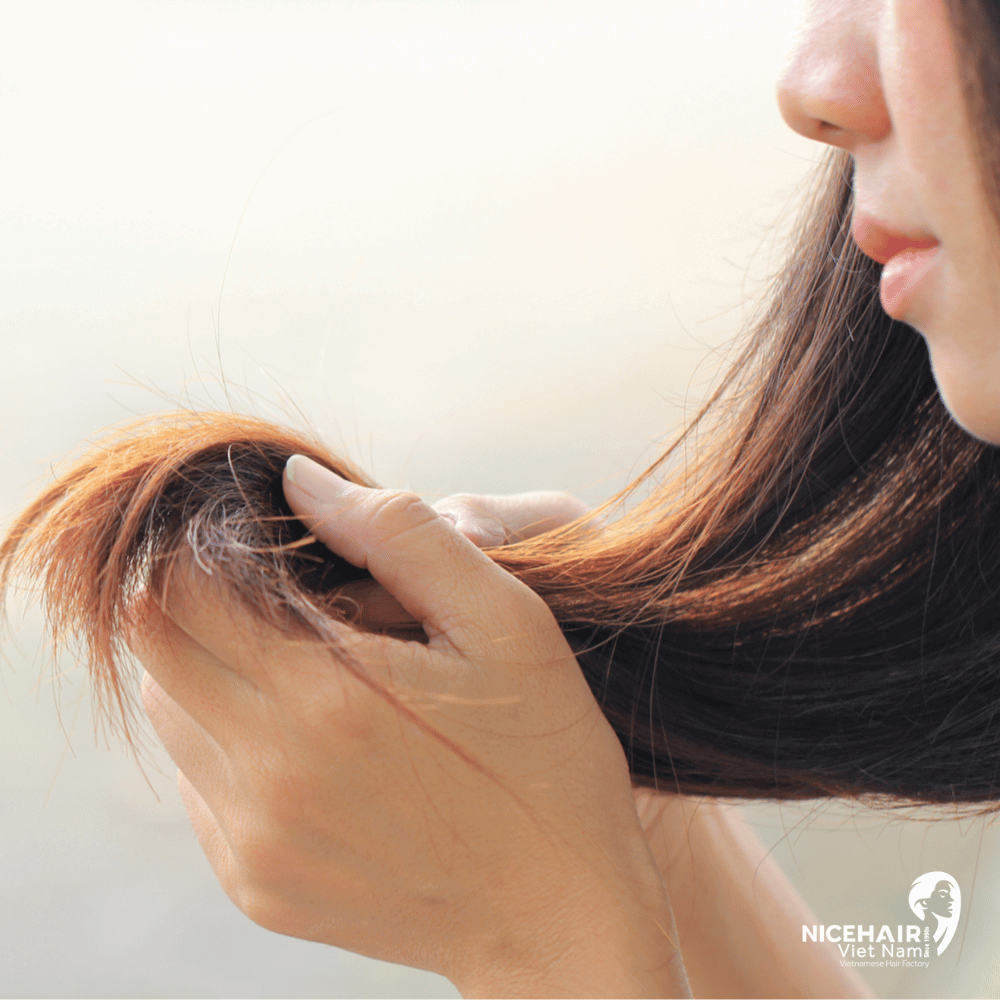
Genetics and split prone hair
When it comes to hair health and characteristics, genetics play a significant role. While various external factors can influence the condition of our hair, some individuals may find themselves more predisposed to having hair that is prone to splitting due to their unique genetic makeup. Understanding the genetic factors that contribute to split ends hair can provide valuable insights into how to best care for and manage such hair types.
Inherited Hair Structure:
Hair structure is determined by the arrangement of proteins and bonds within the hair shaft. The two main proteins that make up hair are keratin and melanin. Keratin provides strength and structure, while melanin is responsible for the hair’s color. The way these proteins are arranged and bonded together is influenced by our genetic code.
- Keratin integrity: Genetic variations can influence the integrity of the keratin proteins in the hair shaft. Some individuals may have naturally weaker keratin structures, making their hair more vulnerable to damage and breakage. Weaker keratin can result in hair that lacks the necessary elasticity, making it more prone to splitting.
- Sebum production: Sebum is the natural oil produced by the scalp that helps to moisturize and protect the hair. Genetic factors can influence the amount of sebum produced and the effectiveness of its distribution along the hair shaft. Individuals with lower sebum production may have drier hair, increasing the likelihood of split ends.
- Hair shaft thickness: The thickness of the hair shaft is also influenced by genetics. Those with finer hair may find that their strands are more delicate and prone to splitting, while individuals with thicker hair may have better hair resilience.
- Hair porosity: Hair porosity refers to the hair’s ability to absorb and retain moisture. Genetic factors can influence the porosity of the hair, affecting its overall moisture balance and susceptibility to damage.
- High porosity: Some individuals may inherit hair with high porosity, meaning the hair cuticle has more gaps and openings. High porosity hair tends to absorb moisture quickly but also loses it just as rapidly. The constant fluctuation of moisture levels can lead to dryness, weakening the hair and promoting split ends.
- Low porosity: On the other hand, low porosity hair has a tightly closed cuticle, making it more resistant to moisture absorption. While this can be beneficial in retaining moisture, it can also make it challenging for the hair to absorb essential nutrients and hydration, leading to potential dryness and brittleness.
Understanding that genetics can influence hair health and predispose some individuals to split ends hair can help us approach hair care with a personalized perspective. Embracing our genetic hair traits allows us to tailor our hair care routines to address specific needs and challenges.
How to deal with split ends? Are there any ways to treat split ends?
Once your hair develops split ends, there is no other option but to trim those damaged sections. Delaying or avoiding this necessary step can lead to the split ends spreading further up the hair shaft, affecting the overall health of your hair.
Split ends occur when the protective outer layer of the hair, known as the cuticle, becomes damaged and starts to fray. This damage is often caused by various factors, such as heat styling, chemical treatments, harsh hair care practices and environmental factors. As the split ends form, they weaken the hair strand and make it more susceptible to breakage. Unfortunately, there is no magical remedy or product that can repair split ends entirely. Many products claim to “seal” split ends temporarily, but these are merely cosmetic fixes that do not address the underlying damage. The only permanent solution is to cut off the split ends. Trimming the damaged portions of the hair not only prevents further splitting but also promotes healthier hair growth.
If you neglect to address split ends promptly, the damage will progressively worsen. The splits will extend further along the hair shaft, causing more breakage and making your hair appear frizzy, dull and unhealthy. Moreover, as the damage spreads, it becomes more challenging to manage and style your hair, leading to frustration and dissatisfaction with your hair’s overall condition.
Regular hair trims are also crucial for maintaining healthy hair. Even if you are trying to grow your hair out, getting a trim every 6 to 8 weeks can help prevent split ends from spreading and keep your hair looking neat and well-maintained.
While split ends can be frustrating and challenging to deal with, the best approach is to address them promptly by trimming the damaged portions of the hair. By taking preventive measures and practicing gentle hair care, you can reduce the likelihood of split ends and promote the overall health and beauty of your hair. Remember, a little care and attention can go a long way in ensuring your locks remain strong, smooth and split end free.
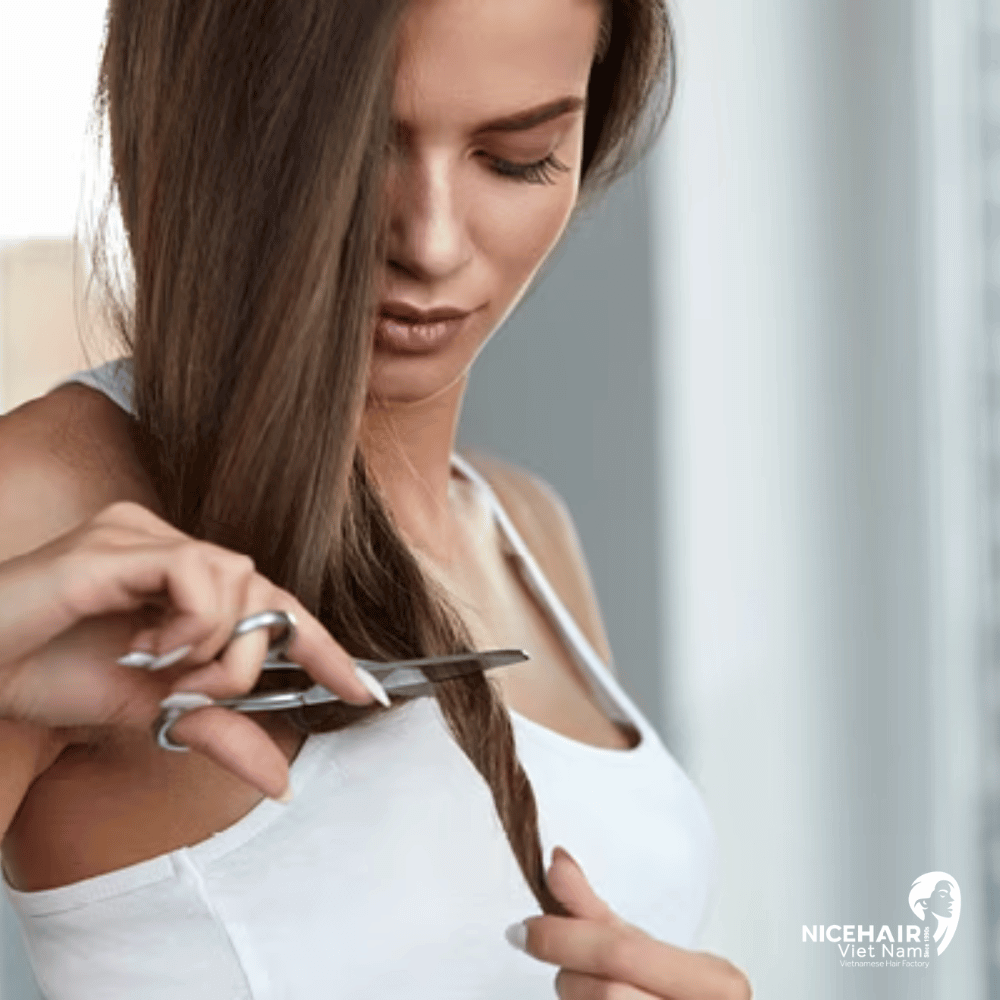
How to care for split ends free hair?
If you already know why split ends occur, you need to learn how to take care of your hair to keep it long lasting and achieve the thick, healthy hair of your dreams. Let’s go through some ways to prevent split ends and reduce the frequency and severity of hair damage.
Regular haircuts and trims
Maintaining healthy and beautiful hair goes beyond just using the right hair care products; it also involves regular haircuts and trims. To keep your locks in top notch condition, it is recommended to get a haircut or trim every 6 weeks. One of the primary reasons for getting regular haircuts and trims is to prevent split ends. As our hair grows, the ends can become damaged and frayed over time. Trimming the ends regularly helps remove the split ends, preventing them from traveling further up the hair shaft and causing more damage.
When getting a haircut, communicate your preferences and lifestyle to your hairstylist. Discuss your desired length, shape, and any specific concerns you may have. A skilled hairstylist can recommend a haircut that complements your face shape, hair texture, and lifestyle.
Between salon visits, it’s essential to take care of your hair at home. Use quality hair care products, including shampoo, conditioner, and leave in treatments, that are suitable for your hair type. Avoid excessive heat styling and use heat protectant products when necessary.
Adopting a hair washing routine of 2 – 3 times a week
Frequent hair washing has long been a standard part of many people’s daily hygiene routines. However, recent trends in hair care and expert advice suggest that washing your hair every day may not be the best approach for maintaining optimal hair health. Instead, reducing hair washing to 2-3 times a week can bring several benefits to your hair and scalp.
- Retaining natural oils: Our scalp produces natural oils called sebum, which help moisturize and protect the hair. Washing your hair too frequently can strip away these essential oils, leading to dryness and potential scalp issues. By limiting hair washing, you allow the natural oils to distribute throughout the hair, promoting better moisture retention and overall hair health.
- Restoring hair’s balance: Excessive washing can disrupt the hair’s pH balance, making it more susceptible to damage and frizz. Reducing hair washing allows the hair to restore its natural balance, leaving it smoother and more manageable.
- Reducing hair damage: The mechanical action of washing, especially when combined with vigorous scrubbing, can cause friction and stress on the hair strands. Cutting down on hair washing minimizes this damage, reducing the risk of split ends and breakage.
- Preserving hair color: For individuals with colored or chemically treated hair, washing too frequently can cause the color to fade more quickly. By washing less often, you can extend the longevity of your hair color and keep it looking vibrant.
- Time saving and convenience: Reducing the frequency of hair washing can be a time-saving option, as washing and drying hair can be a time consuming process. This convenience is especially beneficial for those with busy schedules.
Tips for transitioning to less frequent hair washing:
- In the beginning, your scalp may produce more oil as it adjusts to the new washing routine. Consider using dry shampoo or tying your hair up in a stylish updo to manage the excess oil during this transition period.
- Using hot water for hair washing has been a common practice for many, but it may not be the best choice for maintaining optimal hair health. Hot water can cause the hair’s cuticle layer to swell, leading to hair damage and potential breakage. Instead, it is advisable to use warm or cold water for cleansing the scalp.
- Use sulfate free and gentle shampoos to maintain a healthy scalp while washing less frequently.
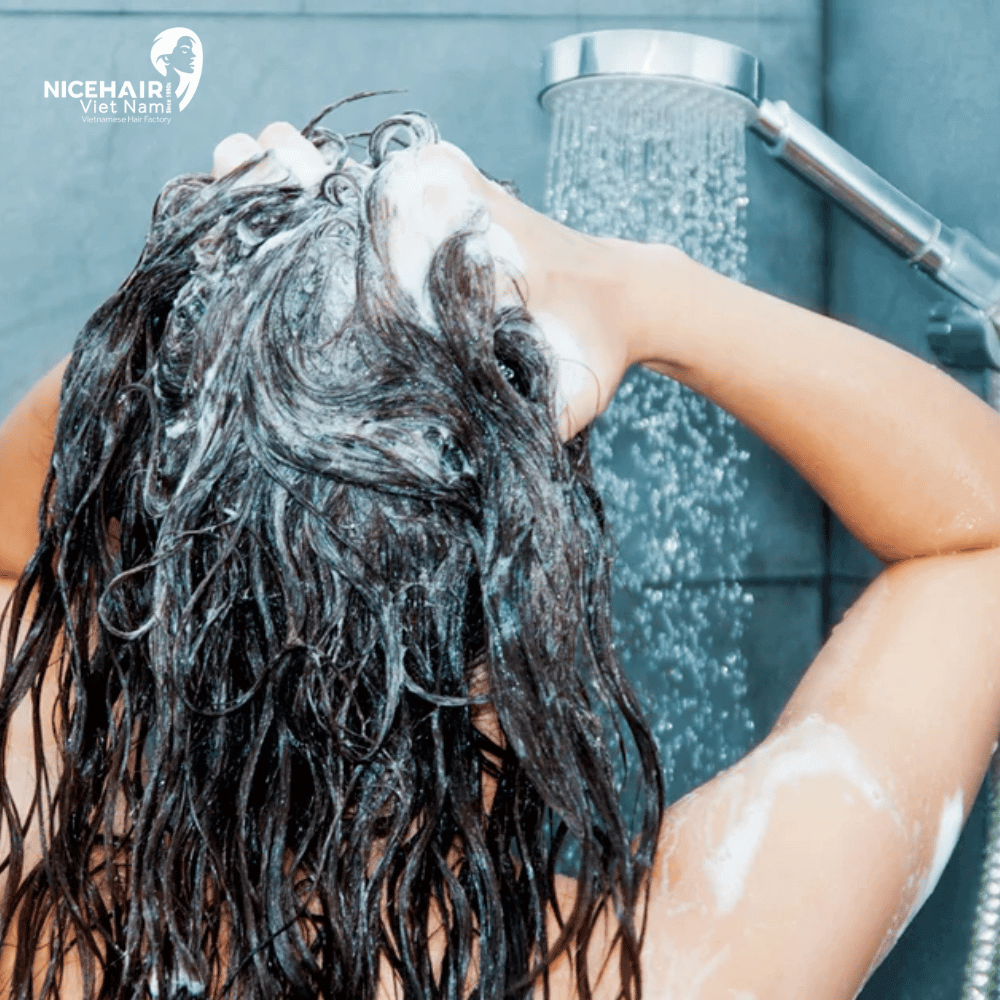
Minimize the risk of split ends caused by physical impacts
To minimize the risk of split ends caused by physical impacts, consider adopting the following hair care practices:
- Loosen up: Avoid tying your hair too tightly, especially when styling it or putting it up in a ponytail. Opt for hair-friendly accessories like scrunchies or soft hairbands that exert less tension on the hair strands.
- Be gentle with combing: Use a wide-toothed comb or a brush specifically designed for detangling to comb your hair gently, especially when it’s wet. Wet hair is more vulnerable to breakage, so taking a gentle approach during the detangling process is essential.
- Pat, đon’t rub: After washing your hair, resist the urge to vigorously rub it with a towel. Instead, gently pat your hair to remove excess moisture. Rubbing can cause friction and damage to the hair cuticle, leading to split ends and frizz.
- Protective hairstyles: Opt for protective hairstyles that minimize the exposure of your hair to external elements and friction. Protective styles such as braids, buns or twists can help preserve the health of your hair and reduce the risk of split ends caused by environmental factors. Limiting hairstyles such as tight ponytails or hair twists can help you reduce the occurrence of split ends. Instead, you should opt for softer hair ties to prevent hair damage caused by excessive tension.
Limit the use of hair services, such as chemical hair dyeing and chemical hair straightening
In the pursuit of stylish and trendy hair looks, many individuals often turn to chemical hair treatments such as hair dyeing and chemical hair straightening. While these treatments can offer instant transformations, they also come with potential risks to the health and integrity of our precious tresses. It’s essential to be mindful of the impact of these chemical processes on our hair and consider embracing more natural hair care alternatives.
The concerns with chemical hair treatments:
- Hair damage: Chemical hair treatments, especially hair dyeing and chemical straightening, can cause significant damage to the hair structure. The harsh chemicals used in these processes can strip the hair of its natural moisture, leading to dryness, brittleness and breakage. While hair dyeing and chemical straightening can offer transformative results, it’s essential to approach these treatments with caution. Prioritizing hair health and being mindful of the potential consequences of using strong chemicals on our tresses is paramount. To mitigate the risks associated with these chemical processes, consider alternative hair care methods that emphasize natural ingredients and gentle approaches.
- Hair dyeing: Hair dyeing is a widespread practice, allowing individuals to experiment with a wide range of colors and styles. However, the process involves the use of strong chemical agents, such as ammonia and peroxide, to penetrate the hair shaft and alter its natural pigmentation. These chemicals open up the hair cuticle, allowing the color to penetrate, but in the process, they can also strip away the hair’s natural moisture and protective oils. As a result, the hair may become dry, brittle, and more susceptible to breakage. Over time, repeated hair dyeing can lead to a loss of hair’s luster and vitality.
- Chemical straightening: Chemical straightening, also known as hair relaxing or rebonding, is a sought-after treatment for those desiring sleek, straight hair. This process involves the use of strong chemicals, typically based on sodium hydroxide or other alkalis, to break down the hair’s natural curl pattern and reshape it into a straight form. While chemical straightening can provide temporarily smooth and straight hair, it comes with potential risks. The harsh chemicals used can alter the hair’s structural proteins, weakening its integrity and making it more prone to damage and breakage. Moreover, improper application or overprocessing can lead to irreversible damage, leaving the hair in a compromised state.
- Weakening of hair: Chemical treatments have the potential to significantly weaken the hair shaft, rendering it more susceptible to external stressors and damage. As these treatments break down the structural integrity of the hair, they compromise its natural elasticity and resilience. The repercussions of repeated chemical treatments can be particularly concerning, leading to a gradual loss of the hair’s inherent strength and ability to withstand everyday challenges.
- Scalp sensitivity: Chemical treatments may also cause irritation and sensitivity on the scalp, leading to discomfort and potential scalp issues.
- Irritation and itchiness: The application of strong chemicals on the hair and scalp can trigger irritation and itchiness in some individuals. The harsh nature of these chemicals may cause the scalp to become sensitive, leading to redness, inflammation, and an uncomfortable sensation.
- Allergic reactions: Some people may experience allergic reactions to the chemicals used in hair treatments. These reactions can manifest as rashes, hives, or even severe itching. Allergic responses vary from person to person, and it is essential to conduct a patch test before undergoing any chemical treatment to identify potential sensitivities.
- Dryness and flakiness: Chemical treatments can disrupt the scalp’s natural balance and moisture levels. As a result, the scalp may become excessively dry and flaky, leading to conditions such as scalp eczema or dermatitis.
Embracing natural hair care:
- Opt for natural hair color: Consider embracing your natural hair color or trying out semi permanent and ammonia free hair dyes. These options are gentler on the hair and allow for more subtle changes without causing excessive damage.
- Heat free styling: Reduce your reliance on heat styling tools and opt for heat free styling methods like air drying, braiding, or using curling methods that do not require heat. This helps protect the hair from unnecessary damage caused by high temperatures.
- Deep conditioning treatments: Incorporate regular deep conditioning treatments into your hair care routine. Deep conditioning helps restore moisture and nourishment to the hair, promoting its strength and elasticity.
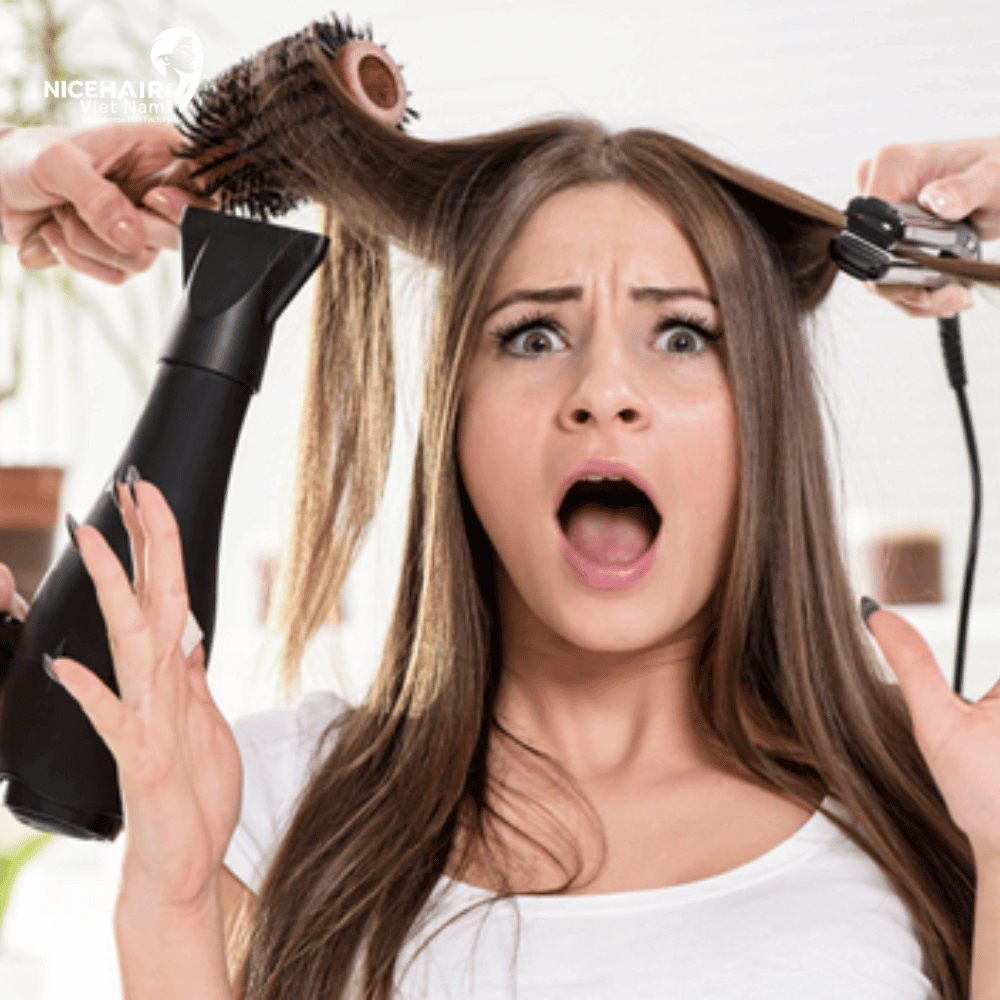
Embracing heat protection and minimizing heat styling for hair care
In our quest for flawless and stylish hair, heat styling tools have become an indispensable part of many people’s hair care routine. While these tools offer quick and impressive results, they can also pose potential risks to the health and integrity of our precious tresses. To safeguard our hair from heat induced damage, it’s essential to incorporate heat protection measures and limit the frequency of heat styling.
Before using any heat styling tool, start by applying a heat protectant product to damp or dry hair. Evenly distribute the product, ensuring full coverage from roots to ends. Allow the product to set for a few moments before proceeding with the heat styling process. The heat protectant will act as a buffer, reducing the direct impact of high temperatures on the hair.
While heat protection is an essential step in preserving hair health, it’s equally crucial to limit the frequency of heat styling. Avoid using heat styling tools every day and opt for heat free hairstyles whenever possible. Embrace natural air drying, braiding, or other no heat styling techniques to minimize heat exposure and promote the hair’s natural texture.
Enhancing hair strength with biotin and folic acid
Split ends can be a persistent and frustrating issue, impacting the overall health and appearance of our hair. Fortunately, there are effective ways to address this problem, and one of the key approaches is to incorporate essential nutrients that promote hair strength and vitality. Biotin and folic acid are two such nutrients that play a significant role in nurturing healthy and resilient hair.
Understanding the role of biotin and folic acid:
Biotin, also known as vitamin B7 or H, is a water soluble vitamin that is vital for various bodily functions, including the health of our hair. It supports the synthesis of keratin, a structural protein that constitutes the hair shaft, promoting hair growth and strength. Biotin deficiency has been associated with hair loss and brittle hair, making it essential to ensure an adequate intake of this crucial vitamin.
Folic acid or vitamin B9, is another essential nutrient that contributes to hair health. It aids in cell division and growth, including the cells responsible for hair follicles. A deficiency in folic acid may lead to slow hair growth and decreased hair density, emphasizing the importance of including this nutrient in our diet.
In addition to dietary sources, considering biotin and folic acid supplements can provide an extra boost for hair health, especially for those with specific dietary restrictions or individuals facing challenges in obtaining sufficient nutrients from their diet. However, it is essential to consult with a healthcare professional before starting any supplement regimen to ensure the right dosage and suitability for individual needs.
While biotin and folic acid can help enhance hair strength and minimize split ends, it’s equally crucial to adopt a balanced hair care routine. Gentle cleansing, regular conditioning, and minimal heat styling are essential practices to protect the hair from external stressors. Regular trims to remove split ends and prevent further damage are also integral to maintaining healthy hair.

Nourishing your hair from within: Healthy diet on hair health
When it comes to achieving luscious and vibrant hair, focusing on a well rounded and nutritious diet can be just as important as using external hair care products. Incorporating a healthy eating regime rich in essential nutrients, such as protein, iron and various vitamins, can significantly contribute to the overall health and strength of your hair. By nourishing your hair from within, starting from the roots or hair follicles, you can experience reduced hair breakage, promote optimal hair growth, and maintain a healthy scalp.
The saying “you are what you eat” holds true not only for your overall health but also for the health of your hair. Hair is a unique part of our body, composed mainly of a structural protein called keratin. Protein plays a vital role in the formation and maintenance of hair strands, making it crucial to include ample protein sources in your diet. Foods rich in protein, such as lean meats, fish, eggs, nuts and legumes, can provide the building blocks your hair needs for strength and resilience.
Iron is another essential nutrient that plays a significant role in hair health. Iron deficiency, known as anemia, can lead to hair thinning and hair loss. Including iron rich foods, such as spinach, lentils, tofu and red meat, can help ensure proper hair growth and prevent hair shedding.
Vitamins, such as biotin (vitamin B7), vitamin C, and vitamin E, are crucial for maintaining healthy hair. Biotin, in particular, is known for promoting hair growth and reducing hair breakage. Vitamin C aids in collagen production, which is essential for hair structure, while vitamin E acts as an antioxidant, protecting hair from oxidative stress. Include fruits, vegetables, nuts, and seeds in your diet to ensure an adequate intake of these vitamins.
Apart from a nutrient rich diet, staying hydrated is vital for both your hair and scalp health. Drinking enough water throughout the day helps maintain the natural moisture balance of your hair, reducing the risk of dryness and brittleness.
While a healthy diet plays a crucial role in hair health, it’s essential to strike a balance in your overall lifestyle. Managing stress, getting regular exercise, and adopting a gentle hair care routine are also essential factors in maintaining strong and vibrant hair.
Protecting your hair from the elements
The weather can be harsh on our hair, with the sun’s UV rays and the wind causing damage and dryness. However, there are proactive measures we can take to shield our hair from these adverse weather conditions. By adopting protective hairstyles, using accessories like hats and scarves, and incorporating hair care products with UV protection, we can maintain the health and beauty of our hair. Moreover, making conscious choices when it comes to heat styling and using heat protectant products can further safeguard our locks from potential harm. Let’s explore these essential tips for protecting your hair from the damaging effects of the sun and wind.
- Embrace protective hairstyles: One of the most effective ways to shield your hair from external elements is by opting for protective hairstyles. These hairstyles typically involve tucking the ends of your hair away and reducing exposure to the environment. Some popular protective hairstyles include braids, twists, buns and updos. These styles not only safeguard your hair from weather conditions but also promote hair growth by minimizing breakage and split ends.
- Utilize hats or scarves: Accessorizing with hats or scarves is not only a fashionable choice but also a practical way to shield your hair from the sun and wind. Wide brimmed hats can protect both your scalp and hair from harmful UV rays, preventing sunburn and color fading. Scarves made of silk or satin can also be used to cover your hair, reducing friction and preventing moisture loss, particularly during windy days.
- Opt for hair care products with UV protection: Invest in hair care products that contain UV protection. These specially formulated products create a barrier on your hair strands, shielding them from the sun’s harmful rays. Look for leave in conditioners, serums, and hair sprays that mention UV protection on their labels. By incorporating these products into your hair care routine, you can maintain your hair’s strength and prevent dryness and brittleness caused by prolonged sun exposure.
- Minimize heat styling: Heat styling tools, such as flat irons, curling wands, and blow dryers, can damage your hair when used excessively. The high temperatures strip away moisture, leaving your hair dry and susceptible to breakage. Whenever possible, embrace your natural hair texture and avoid heat styling. If you must use heat, opt for lower temperatures and reduce styling frequency to protect your hair from unnecessary damage.
- Use heat protectant products: When heat styling is unavoidable, using a heat protectant product is a must. Heat protectants create a barrier on your hair, shielding it from the direct impact of the heat. They help retain moisture and prevent the cuticles from opening up, reducing the risk of heat related damage. Apply the heat protectant evenly through your hair before using any heat styling tools.
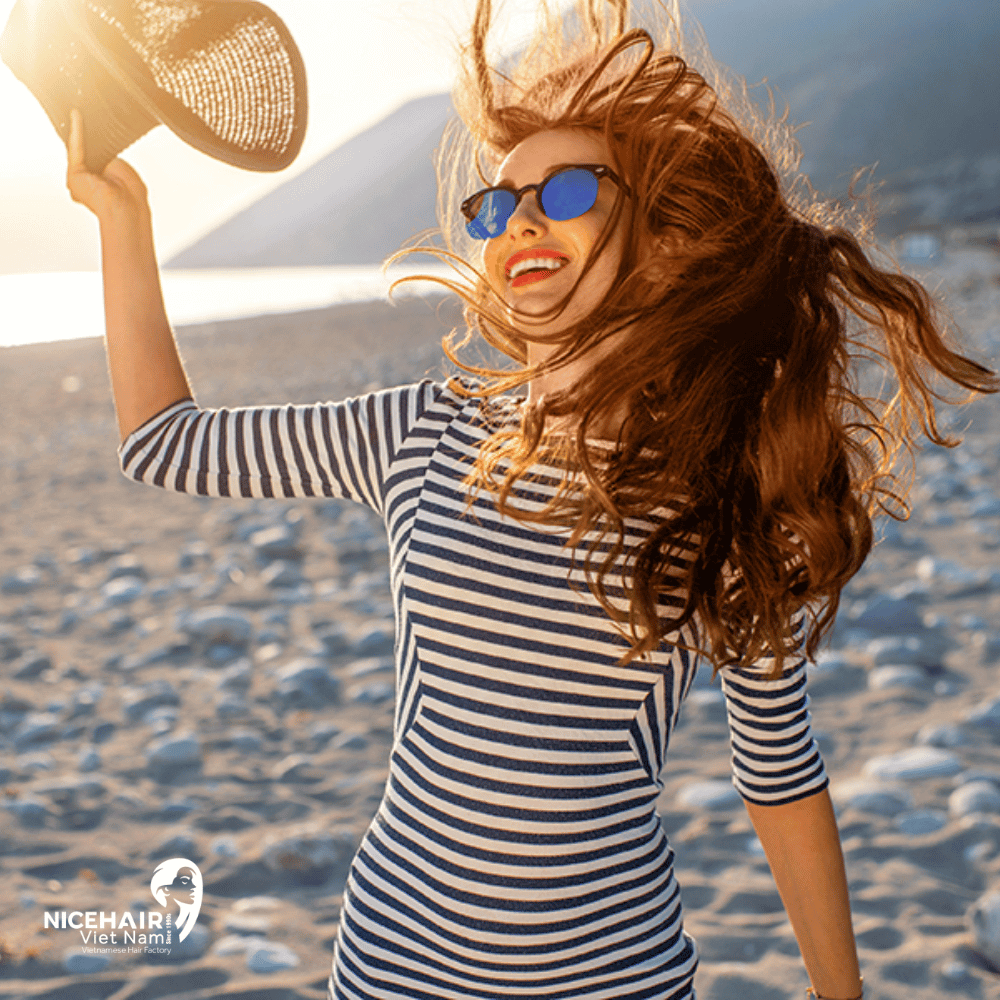
Through this article, you’ve undoubtedly identified the reasons why split ends occur and the hair care measures to minimize splitting and breakage. Overall, split ends can impact your appearance, and if left unaddressed, it may lead to prolonged hair damage. Taking proactive steps to care for your hair can help maintain its health and prevent long term issues. Empowered with these valuable insights, readers can take proactive steps to revitalize their hair and enjoy the confidence that comes with lustrous, healthy locks.

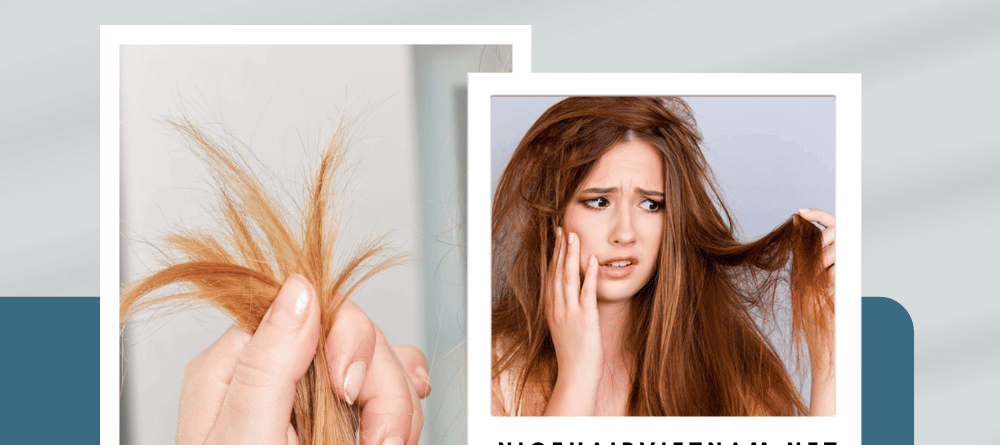
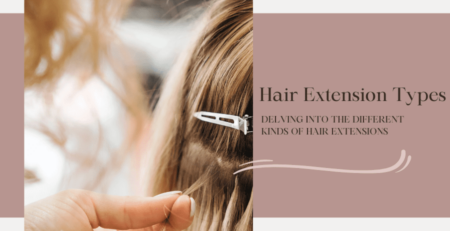

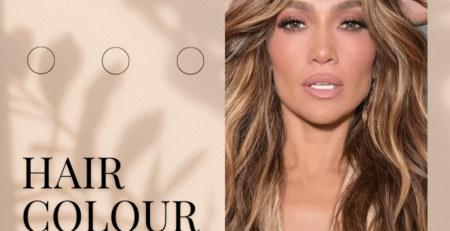

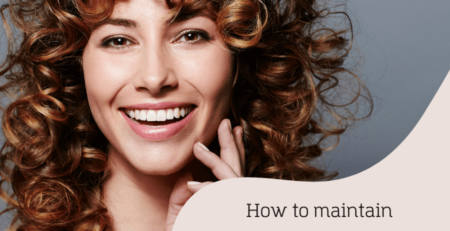
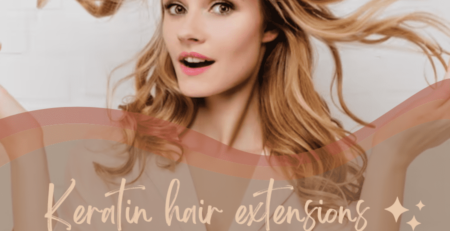

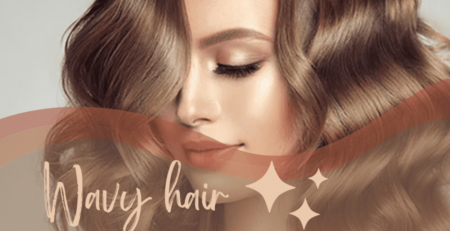
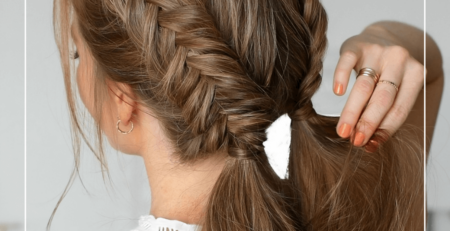
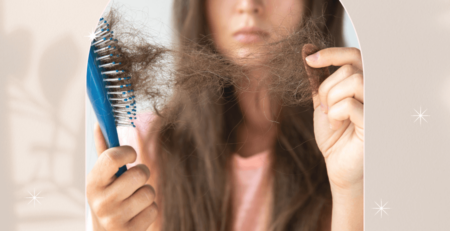
Leave a Reply